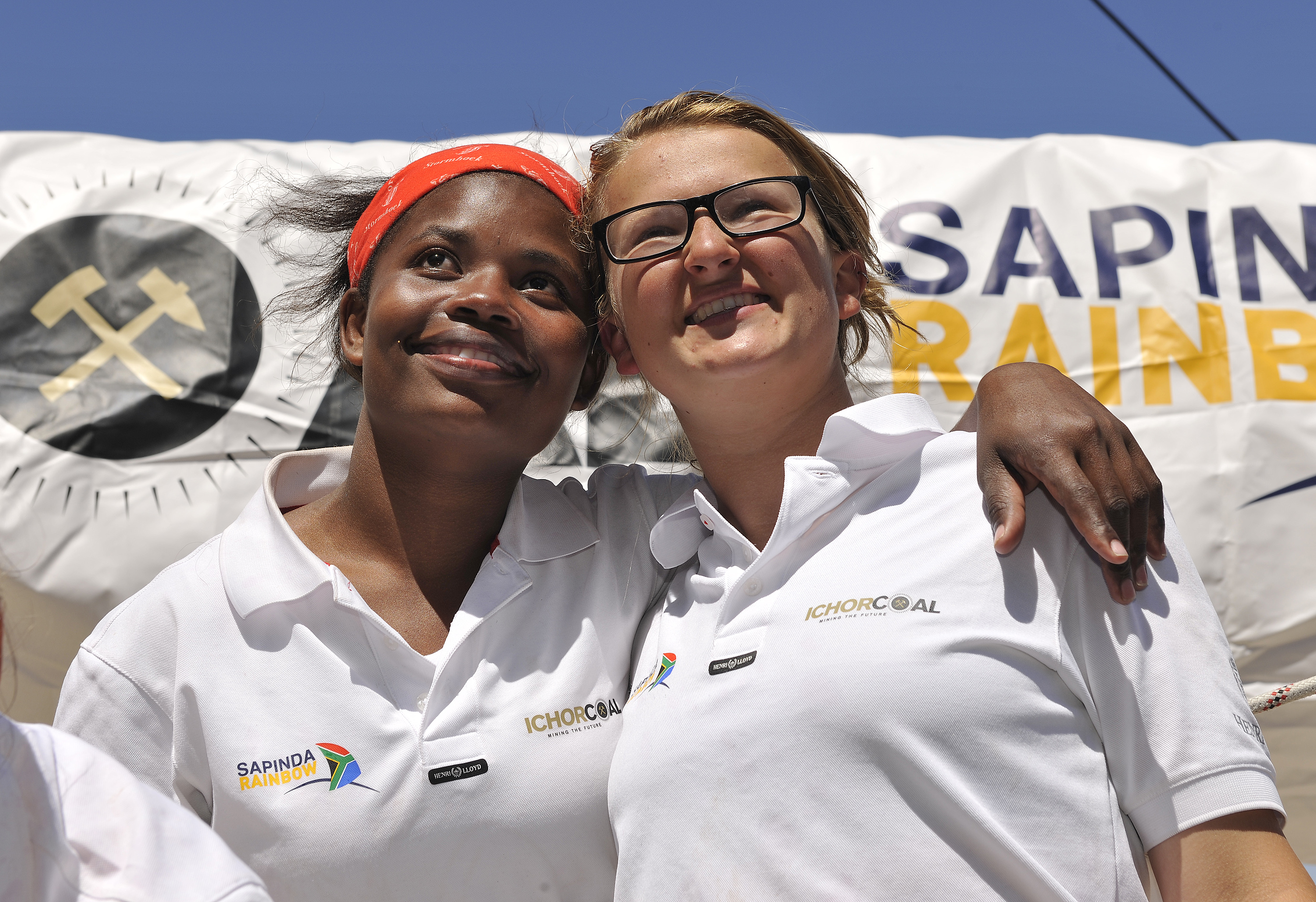Is Diversity Without Inclusion Bad for Business?
When Facebook revealed their diversity statistics, they received plenty of attention. The report showed the social network is still behind when it comes to hiring women and minorities. Their mission is to try more creative approaches that tailor solutions to the challenge of increasing the diversity of their staff, as they believe having a diverse workforce is not only the right thing to do – it’s the smart thing to do for their business.
And many people agree. Diversity is often referred to as the key to innovation in business and crucial for companies that want to attract and retain top talent. But is diversity always the answer?
Research has shown diversity alone is harmful for individuals and organisations. It has been linked to lower revenue, slower decision making, increased conflict, absenteeism and missed opportunities. In this blog, Jonathan Levy, Global Business and Communications Director at Clipper Ventures discusses diversity, trust and inclusivity.
Developing a mindset of inclusion

Diversity comes in all different shapes and sizes and differences can include visible and non-visible factors. Whether that’s background, culture, personality, work-style, size, accent, or language. Or personal characteristics like age, disability, gender reassignment, race, religion, sex and sexual orientation. With so many differences, how do you manage diversity? Jonathan Levy believes it’s all about your mind-set.
“Diversity doesn’t work without inclusivity. You can have the most diverse work force but if your employees haven’t developed a mind-set of inclusion, you will have an environment where people feel unable to embrace their uniqueness. Inclusion requires people to change their beliefs and attitudes, which is why it is so difficult, yet so powerful when successful.”
“It’s no good simply paying lip service to diversity – the company needs to support its employees and take action to make sure it creates mutual understanding and respect within the business. An open door policy is sometimes not good enough – you have to be proactive, talk to people and ask them questions.”
Trust Issues

According to a 2007 study by political scientist Robert Putnam, there is a strong positive relationship between interracial trust and ethnic homogeneity. His study showed that the less diverse your community is, the more likely you are to trust the people in it who are different from you. And the more ethnically diverse the people you live around are, the less you trust them.
People from different ethnic or cultural backgrounds can have very varying opinions concerning religion, lifestyle and politics that can lead to tension and conflict in a work environment. And when your work involves trusting other people with your life, this could present a huge problem.
“When you’re sailing around the world in the most difficult conditions you can imagine, you have to trust the other crew members and your Skipper with your life. These are people you’ve never met before, and know nothing about. A lot of them will have never been on a boat before and one bad move could have drastic effects for everyone. Trust doesn’t happen overnight, so you’ve really got to open your mind and remember that people will only trust you as much as you trust them.”
While working in diverse teams can improve productivity, innovation and creativity, it’s clear that without inclusion and understanding diversity will fail.
“Inclusivity in the workplace needs to be supported to enable everyone to embrace cultural diversity and feel empowered to engage and contribute on equal terms. That means not just being heard but being listened to with equal validity.”
The Clipper Race participants come from all different walks of life; from mothers, to disadvantaged youth, senior citizens, and people with a range of different beliefs. So how do they succeed?
By understanding that even though everyone may be different, they all have a similar goal: to win.
